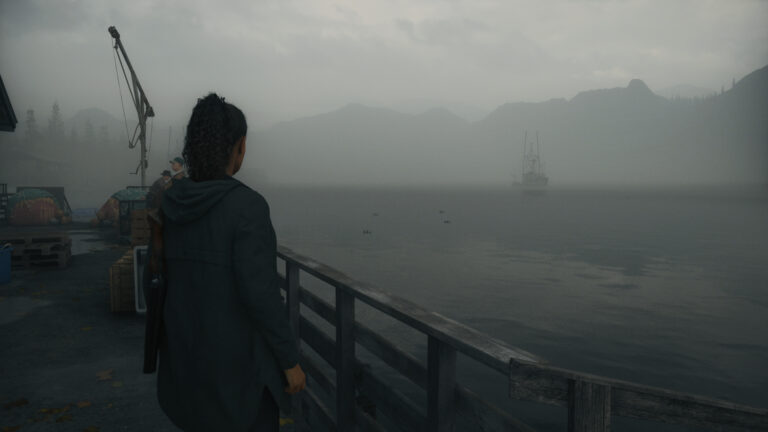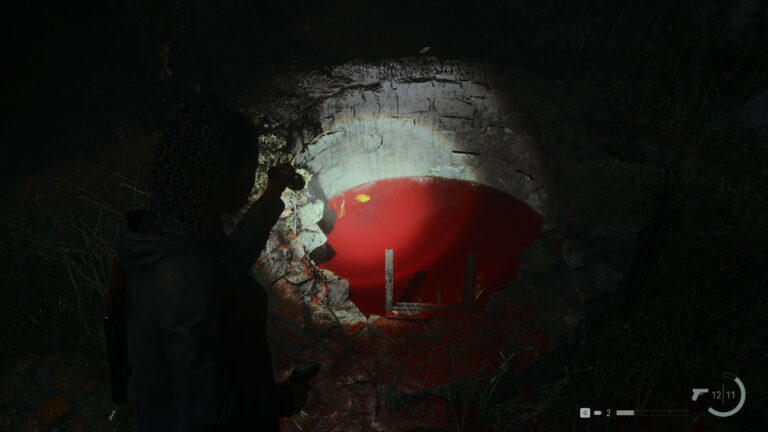Introduction
The highly anticipated Alan Wake 2 has been praised as a worthy successor to its predecessor, surpassing it in many respects. However, the author of the article expresses a significant concern regarding the game’s heavy reliance on jump scares. The critique centers on the belief that the abundance of jump scares in the game not only cheapens the horror experience but also leads to a desensitization effect, diminishing their intended impact. The author suggests that the excessive use of jump scares detracts from the game’s atmosphere, compelling them to play with the volume down and lights on to avoid the startling effects.

Jump Scares in Alan Wake 2
The author’s perspective on the frequency and impact of jump scares in Alan Wake 2 is one of concern and disappointment. The game introduces these scares early on, and they persist throughout, often overwhelming the player with their intensity and suddenness. The author notes that the scares are not only frequent but also very pronounced, with loud shrieks and full-screen visuals that can feel disconnected from the game’s environment.
- Jump scares are abundant and begin early in the game.
- They are not subtle, often taking up the entire screen with loud accompanying sounds.
- The scares seem to be random, not tied to the game’s setting or story.
- They primarily occur when playing as the character Saga, potentially to make players feel less in control.
- The overuse of jump scares detracts from the game’s atmosphere and can lead to players reducing the volume or avoiding the use of headsets.
The author argues that the gameplay experience is affected by these scares, as they can cause players to engage with the game in ways that are not intended, such as playing with the volume down. This reaction undermines the atmospheric horror that the game strives to create, and can lead to a less immersive experience.

Comparison with the Original Game
The author contrasts the use of jump scares in Alan Wake 2 with the original Alan Wake game, noting a distinct difference in their approach to horror. The original game is remembered for its psychological horror elements, which the author prefers, rather than an over-reliance on jump scares.
| Alan Wake | Alan Wake 2 |
|---|---|
| Psychological horror with subtle scares | Heavy use of jump scares |
| No specific recollection of jump scares, suggesting they were used sparingly | Jump scares are frequent and memorable due to their abundance |
| Horror elements similar to Silent Hill, focusing on atmosphere | Horror elements overshadowed by the frequency of jump scares |
The author expresses a preference for the more nuanced and atmospheric horror of the original game, which they liken to the Silent Hill series. The implication is that the original Alan Wake game managed to deliver scares without resorting to the overuse of jump scares, creating a lasting impression of psychological horror that the sequel seems to have moved away from.
The Role of Jump Scares in Horror
The author discusses the effectiveness of jump scares when used sparingly in horror games, with a nod to the iconic Silent Hill series. They recall a particularly memorable scare from the first Silent Hill game, which stood out due to its rarity rather than its frequency. The author suggests that when jump scares are not overused, they can be incredibly effective at contributing to the horror experience.
However, the author feels that in the case of Alan Wake 2, the scares are so frequent that they start to lose their impact and become more of an annoyance. The game, according to the author, has enough elements of horror—such as the cultists, ritualistic murders, and the mystery of Cauldron Lake—to maintain suspense and fear without resorting to constant jump scares.
The author’s preference for a more subtle kind of horror is clear, favoring psychological tension over shock tactics. They suggest that a more restrained approach to horror could enhance the overall atmosphere and storytelling of the game.
Conclusion
In summarizing the author’s final thoughts on the use of jump scares in Alan Wake 2, it’s clear that they believe the game could have been better served with fewer of these startling moments. The author suggests that the game’s horror elements are strong enough to stand on their own, without the need for such an overwhelming number of jump scares.
The idea of a feature that allows players to control the frequency of jump scares is proposed as a potential solution to make the game more accessible to a wider audience. While acknowledging the technical challenges this might pose for developers, the author expresses a belief that such an option could encourage more players to experience the game, enhancing its appeal and playability.
Ultimately, the author laments that the excessive use of jump scares in an otherwise excellently crafted game feels unnecessary and detracts from the rich, atmospheric horror that could have been achieved with a more measured approach.

